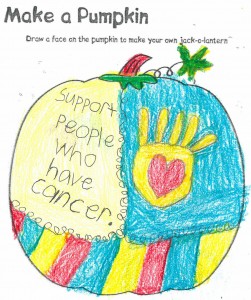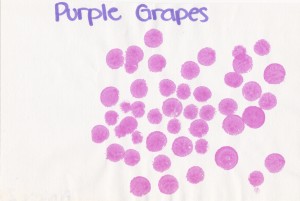Well, honestly, it can be both.
With all the appropriate attention given to the internet these days, and its inherent worries for parents, we seem to have forgotten the conversation about television.
How many TVs are in your home? Who has access to them when? What are your children watching? And what are your kids watching when you’re not watching the kids?
Content on television, even content aimed at youngsters, varies from brilliant to pitiful. Additionally, the volume of television or videos watched can make a difference in your child’s mental and social development.
Any parent these days occasionally pops in a video or turns on the television so you’ll have a few uninterrupted minutes to cook supper, take a shower, or just relax without hearing a thousand questions. There’s nothing wrong with that, to a point, because television has its good and bad aspects.
First, the good. Most American kids today have learned or practiced their numbers and letters with Sesame Street, and have absorbed important social skills from Mister Rogers. Or, they have simply been entertained by cartoons, music, and Animal Planet. There is a big world out there, and television is a good source for information and for reinforcing skills learned at home or school.
But, not all is perfect in front of the TV. Here are some concerns you should be aware of:
- Social. Though social skills can be reinforced effectively on the screen, nothing takes the place of real interaction. Turn off the television and play a board game. Perch your child on a chair in the kitchen while you cook and encourage him to tell you about his day. Give the video screen in your vehicle a rest and play a car tag game or have a conversation about your road trip, whether it’s a couple of miles or a couple thousand.
- Physical. Too much television means too little physical activity. That can lead to weight gain (especially when high calorie snacks are involved) and other health and wellness issues. Get your child involved in a sport, or just play catch in the backyard.
What to do, then? Here are some thoughts.
- Limit viewing time. The American Academy of Pediatrics recommends NO television for children under the age of 2, so that they can develop through interaction with adults and other children. They also recommend limiting television viewing for older children to 1-2 hours/day of “educational, nonviolent programs,” supervised by a responsible adult.
- Supervise. You should know what your child is watching at all times.
- Keep the television out of your children’s bedrooms. Not only will they watch things you don’t want them to watch, their sleep patterns may be interrupted and they may be tempted to “hibernate,” avoiding healthy social interaction with family and friends.
- Talk about television programs. Older children and adolescents, especially, can benefit from conversations about their favorite (and your favorite) shows. This is a good way to share something that’s important to your teen, while being sure she knows your values.
- Turn it off. Don’t keep the television on for “background noise.” And be sure to limit when you have on the news. Young children don’t need to see scenes of war, destruction, natural disasters. Such images lead to anxiety and sleeplessness.
Television can be a great tool for education and for fun. We just need to make sure it doesn’t take the place of more important things!

artwork by Emily N., winner of our Pumpkin Coloring Contest!
© 2013 MBS Writing Services, all rights reserved





